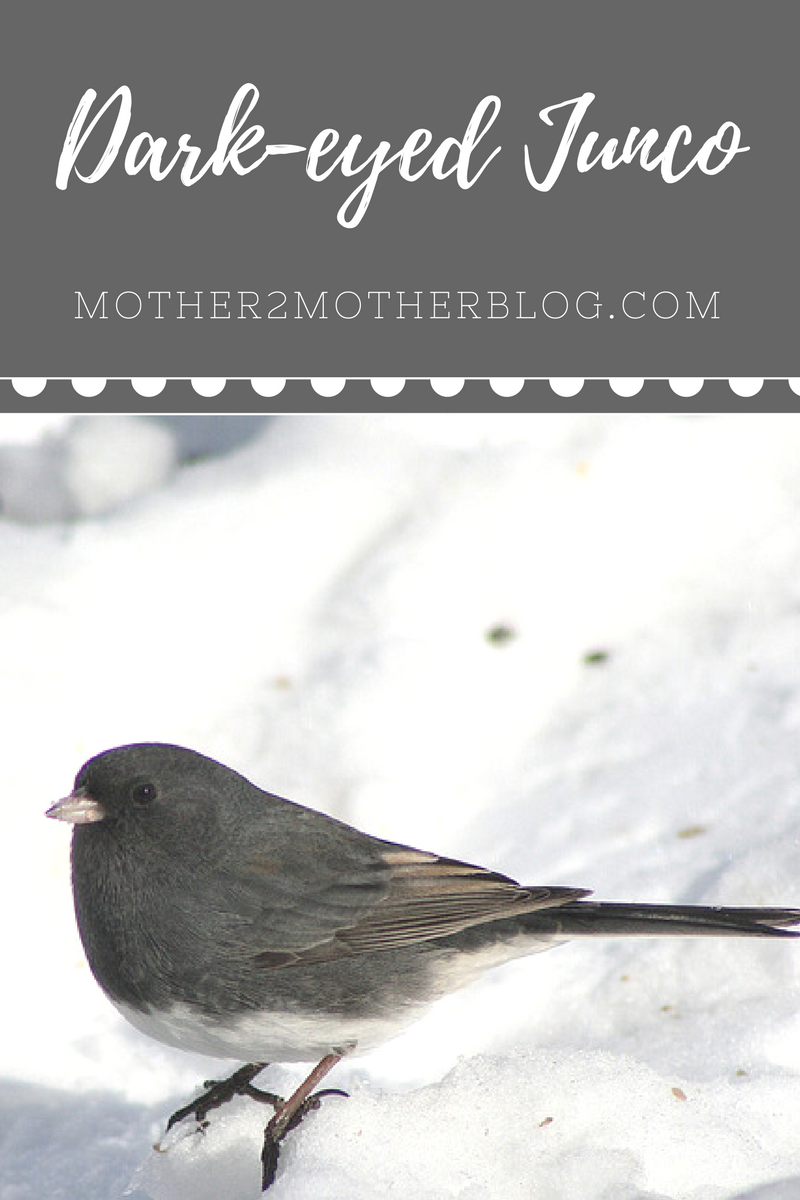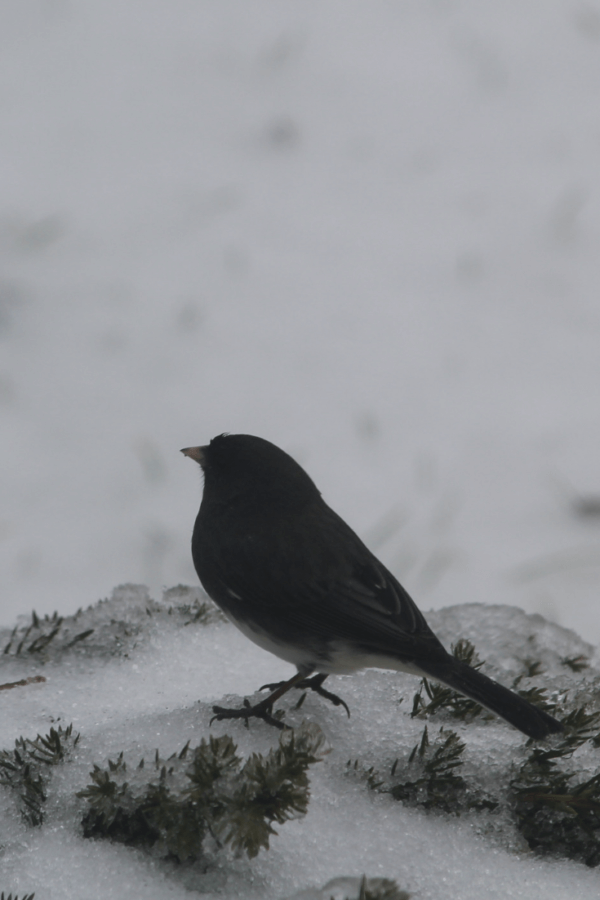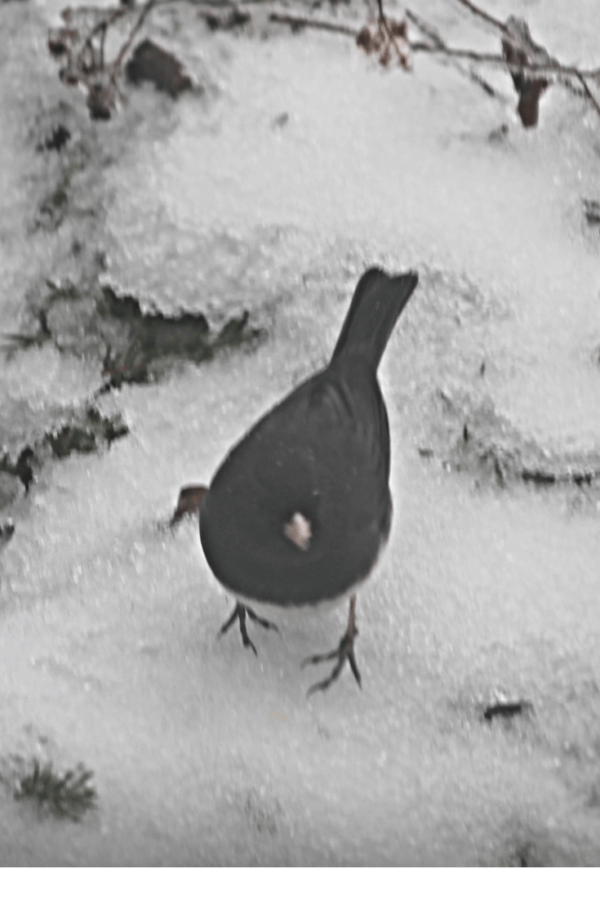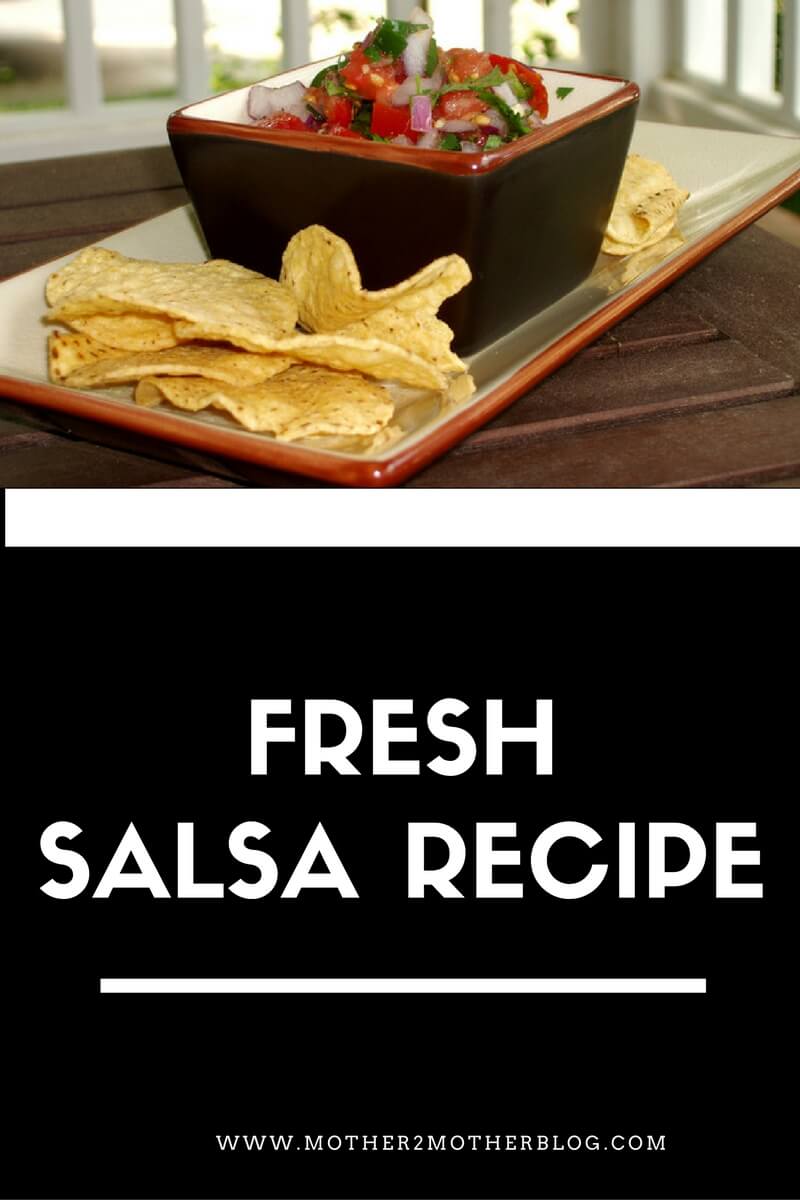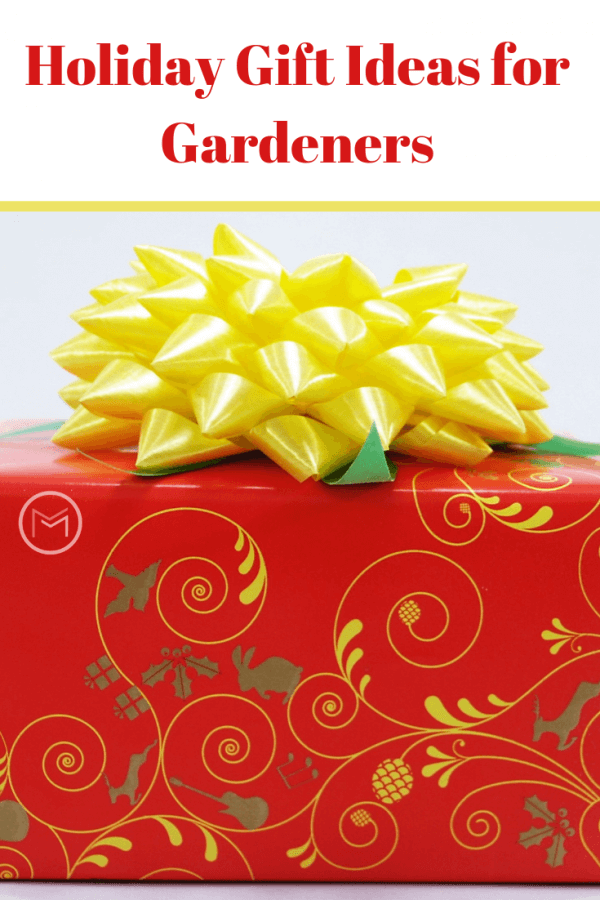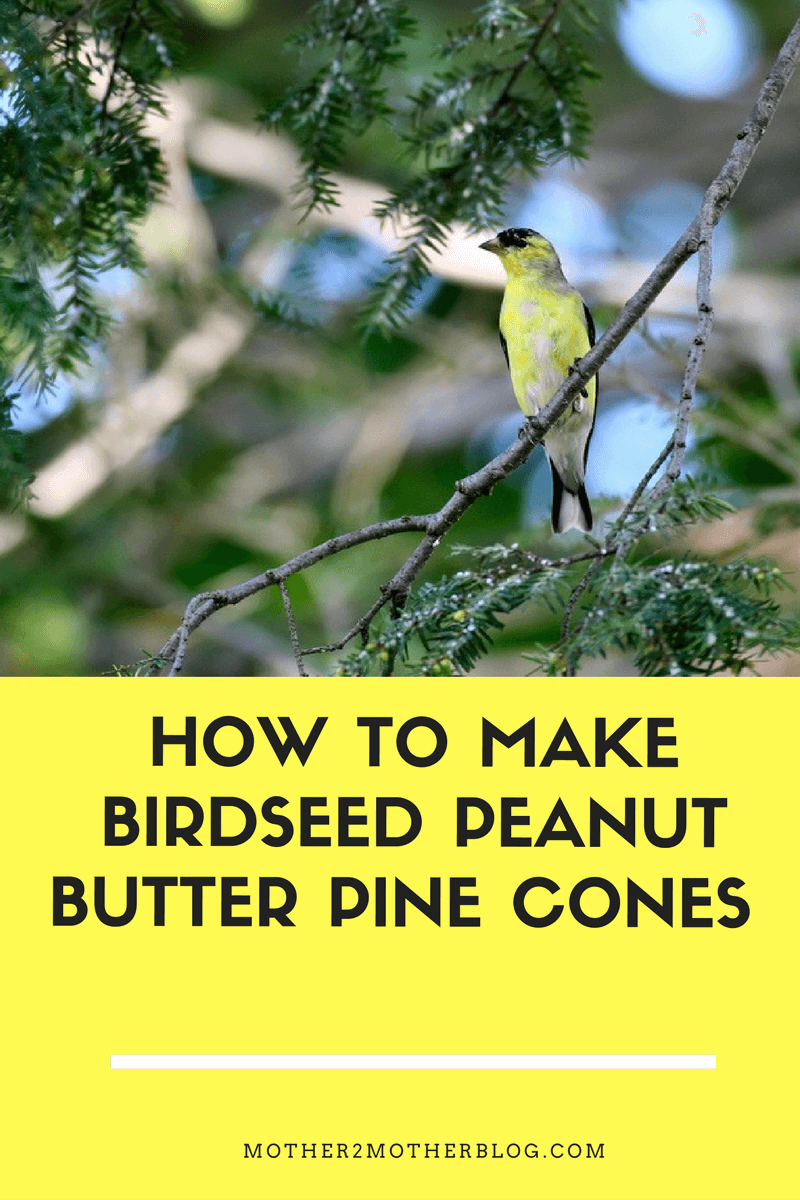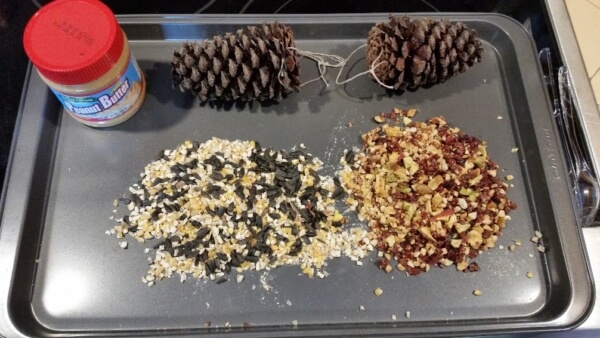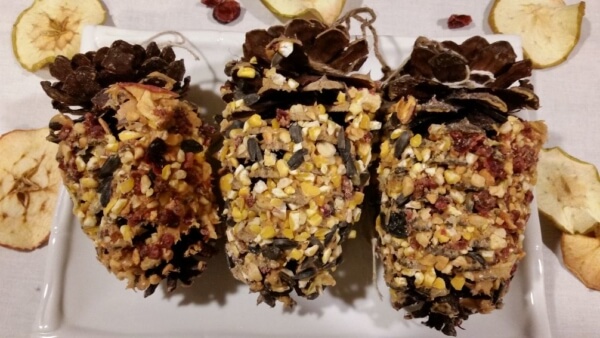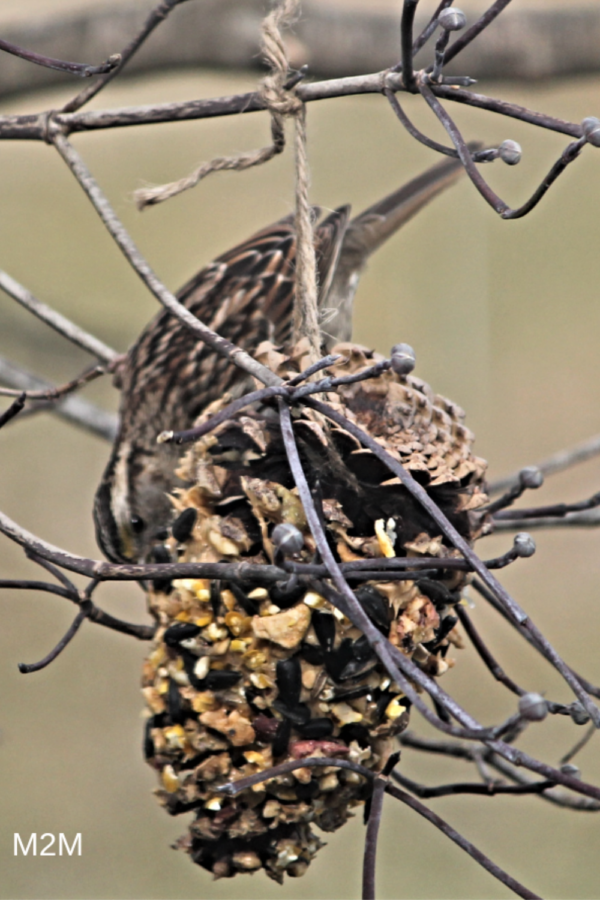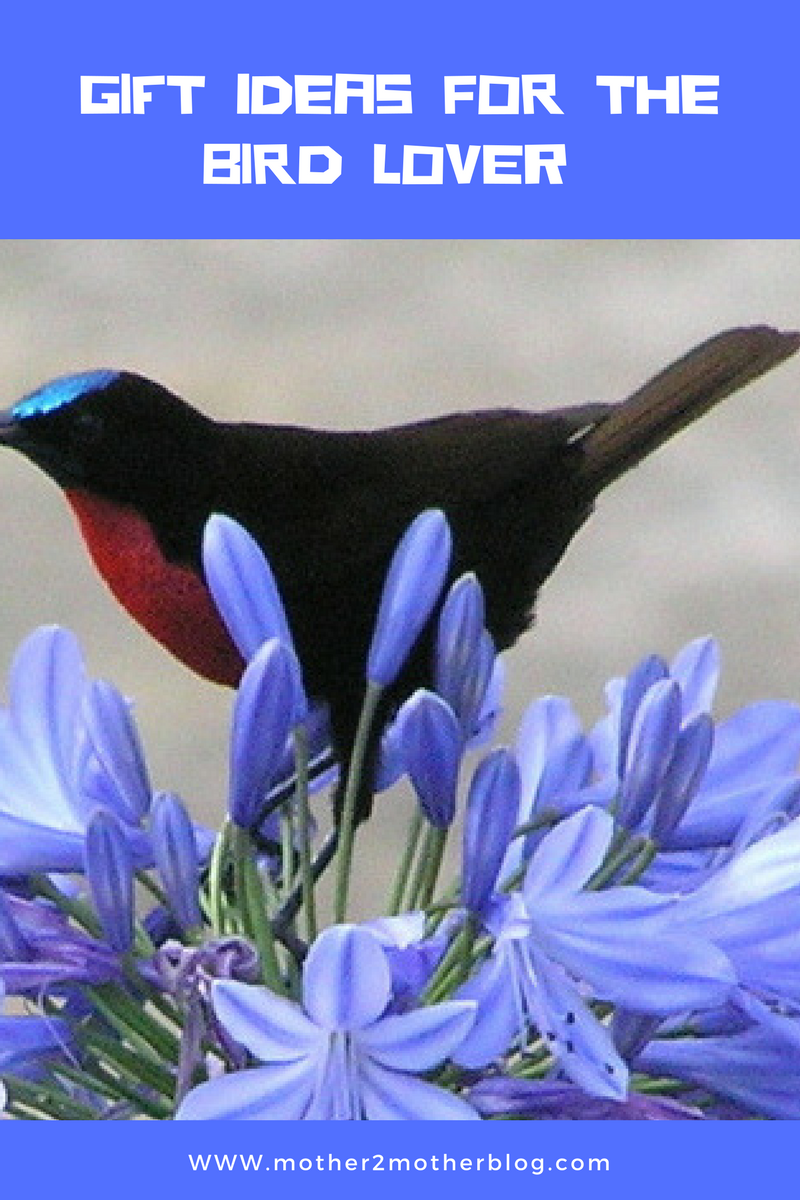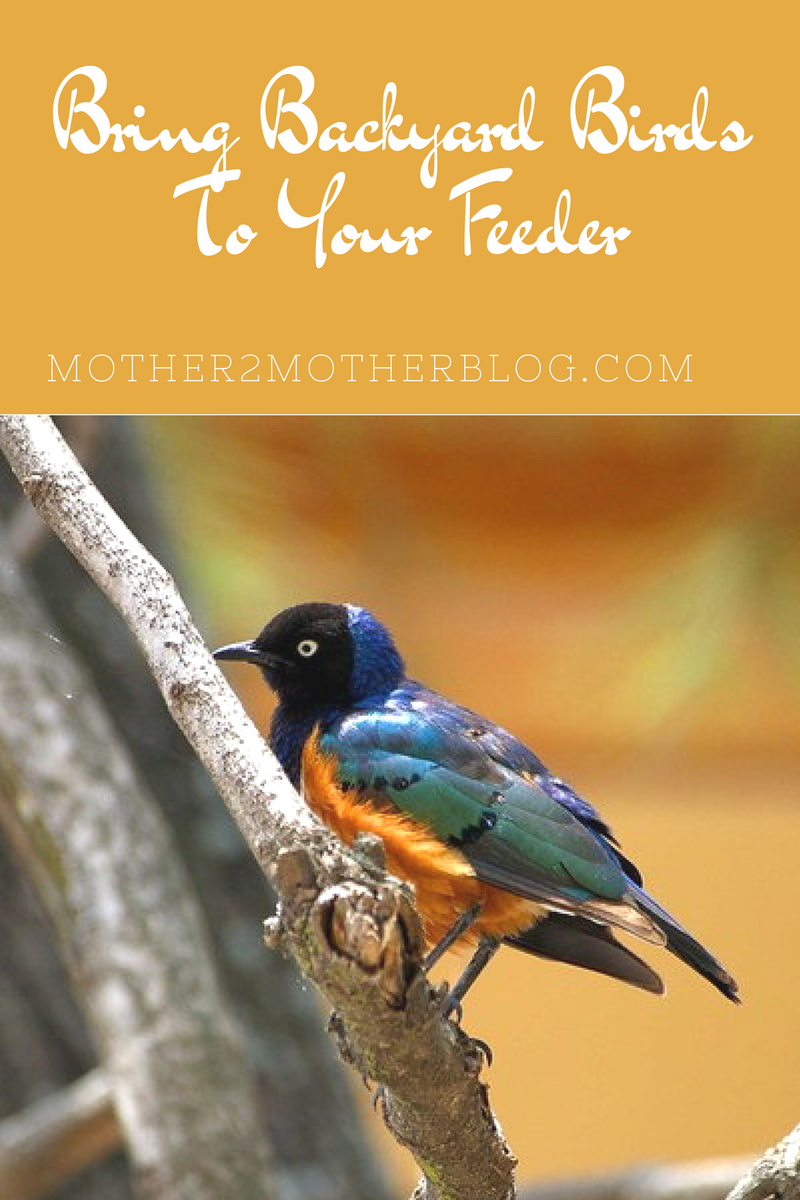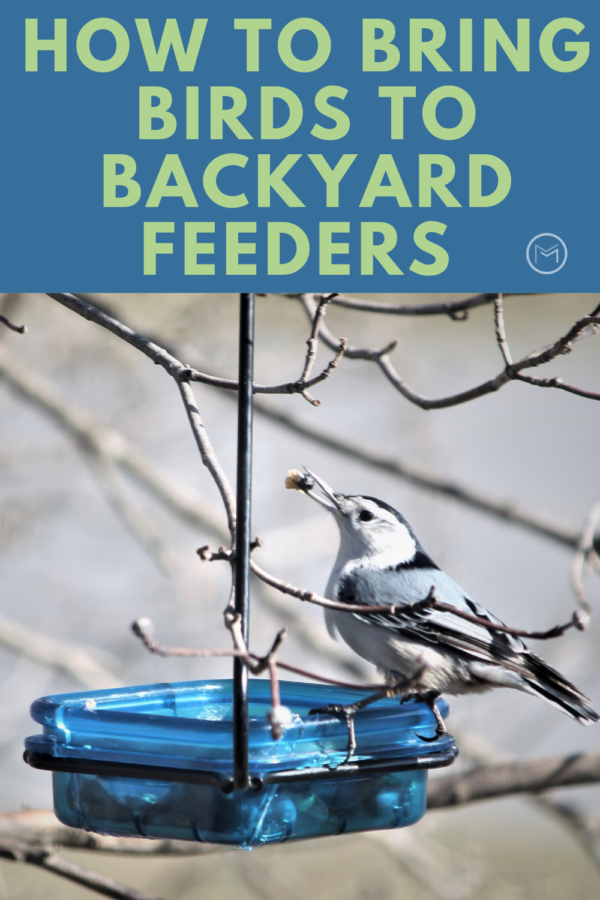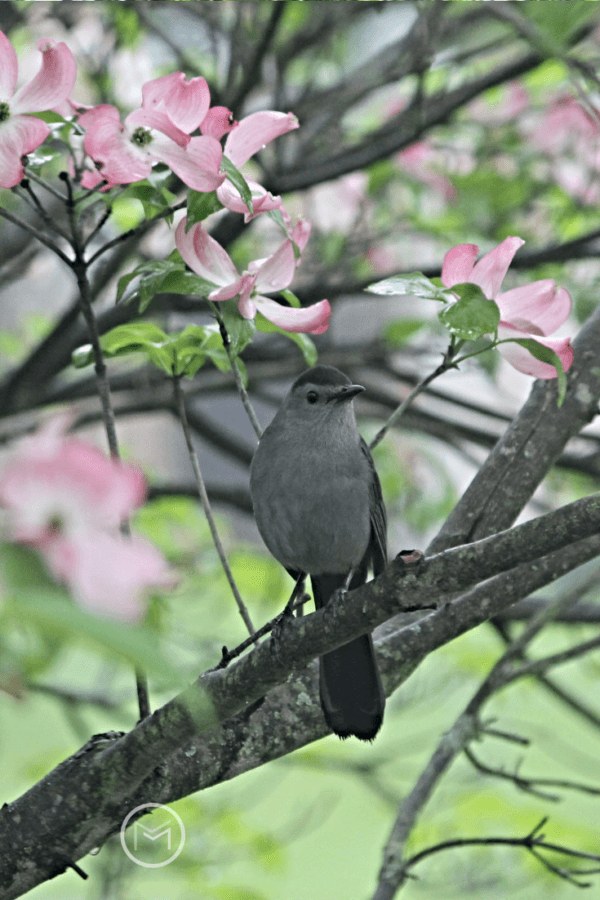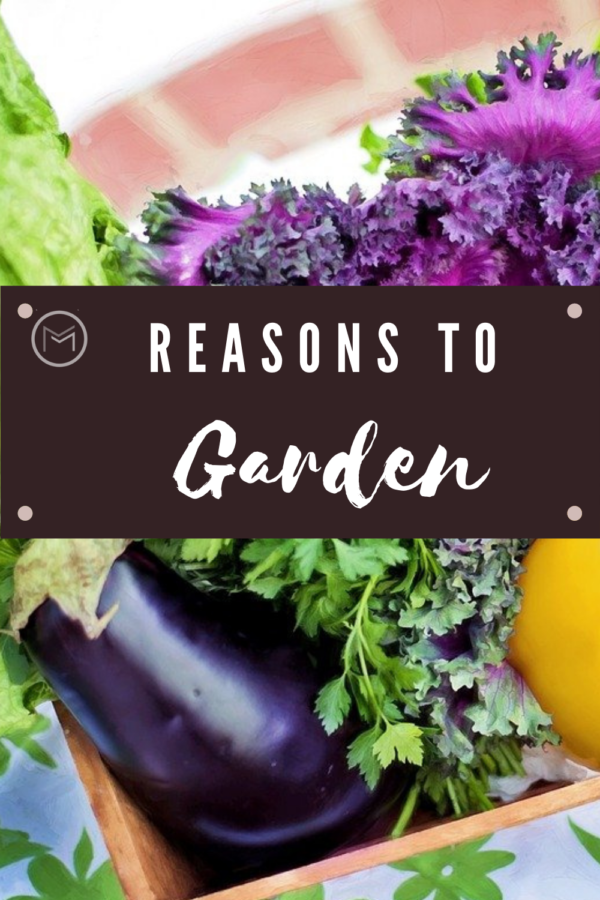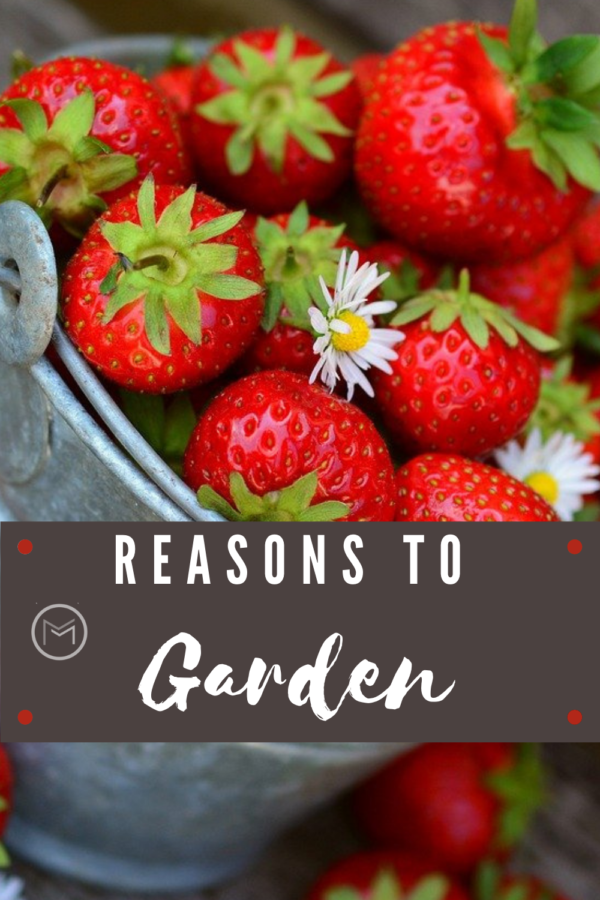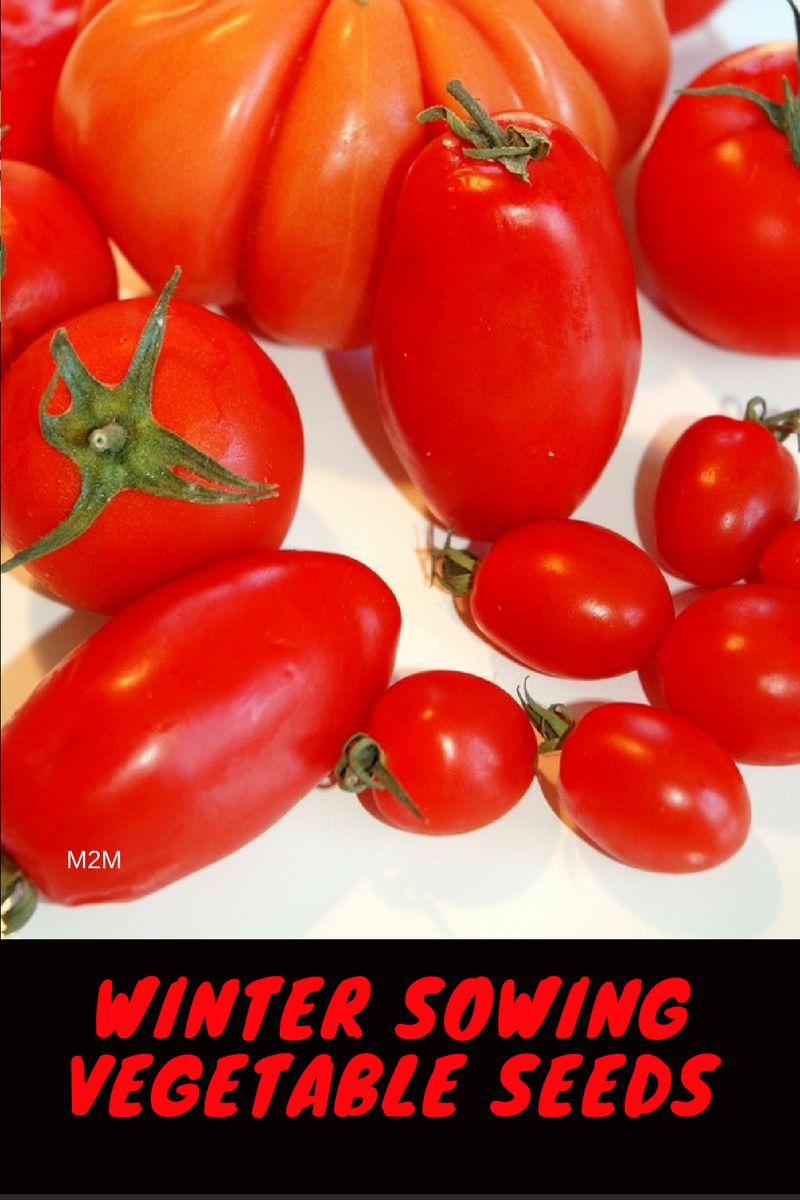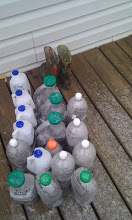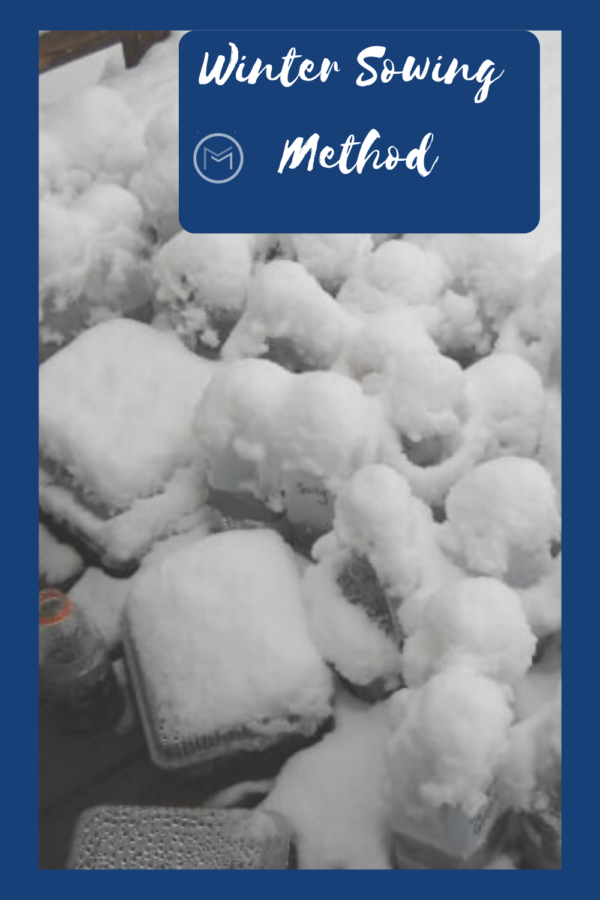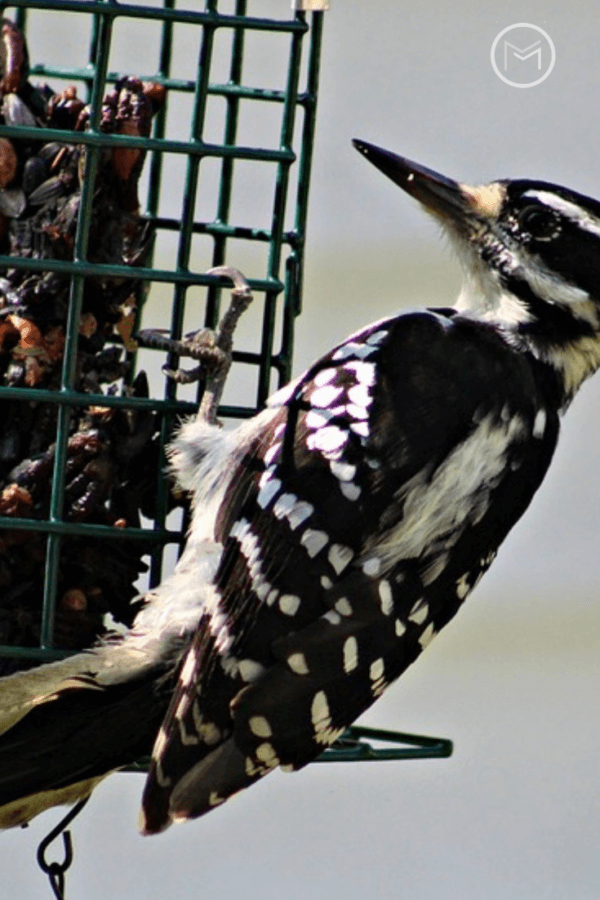
Furthermore, I’ve discovered that some birds prefer suet rather than seed. Suet is important to birds, especially during the colder months. It helps to keep them warm. Mostly insect lovers like Mockingbirds, Orioles, Nuthatches, Woodpeckers and Chickadees flock to suet feeders. I have been able to get my Woodpeckers and Chickadees to eat from my platform feeder too. They love black oil sunflower seeds.
As a matter of fact, I really hoped to attract Orioles this past spring. I tried using oranges this spring, but no luck. I did manage to attract a Mockingbird and Catbirds. They are both beautiful birds. The Mocking Bird loves my bacon birdseed cookies.
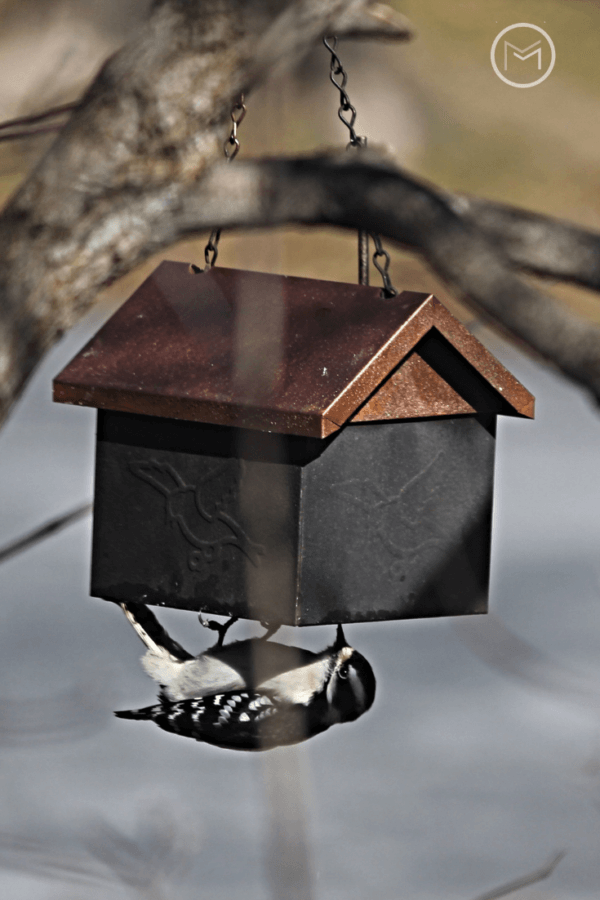
The Downy and Red Bellied Woodpeckers are frequent visitors to the suet feeder. I purchase the bricks made specifically for woodpeckers; however, I think they will eat any that contain nuts and fruit. They love it. Also, they will visit the platform feeder and indulge in the black oil sunflower seeds.
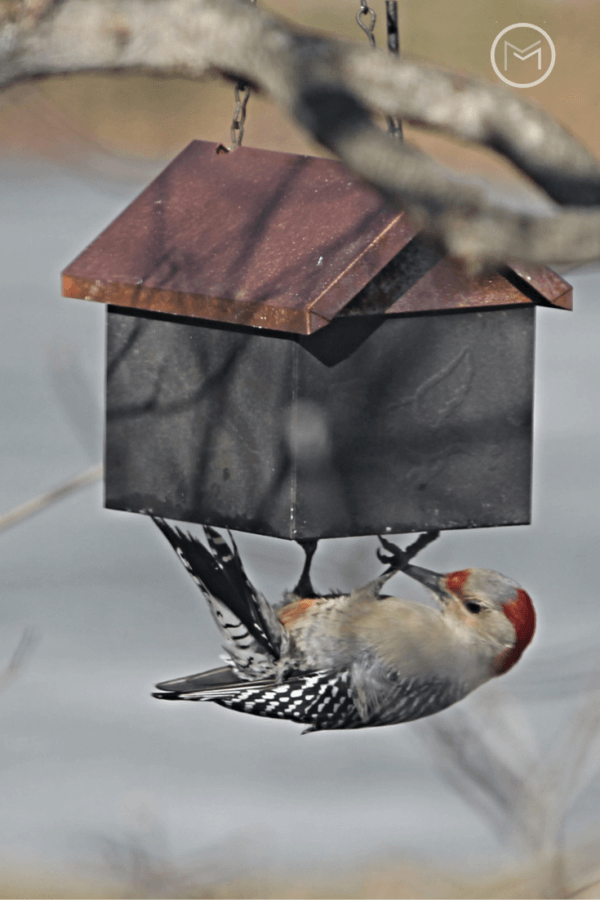
It’s cheaper, and the suet cakes last longer. That’s if the squirrels, Starlings or Grackles don’t find the suet cages. They can devour a cake or two in a day. As a result, I purchased this bottom suet feeder to try to deter them. So far it’s working. I can put 3 of the suet cakes in this feeder. The woodpeckers love it. I have both Red-Bellied and Downy Woodpeckers that visit. For larger woodpeckers like Flickers, the cage suet feeders are better. They are large birds, and it seems easier for them to hold on to the cages rather than the bottom feeder.
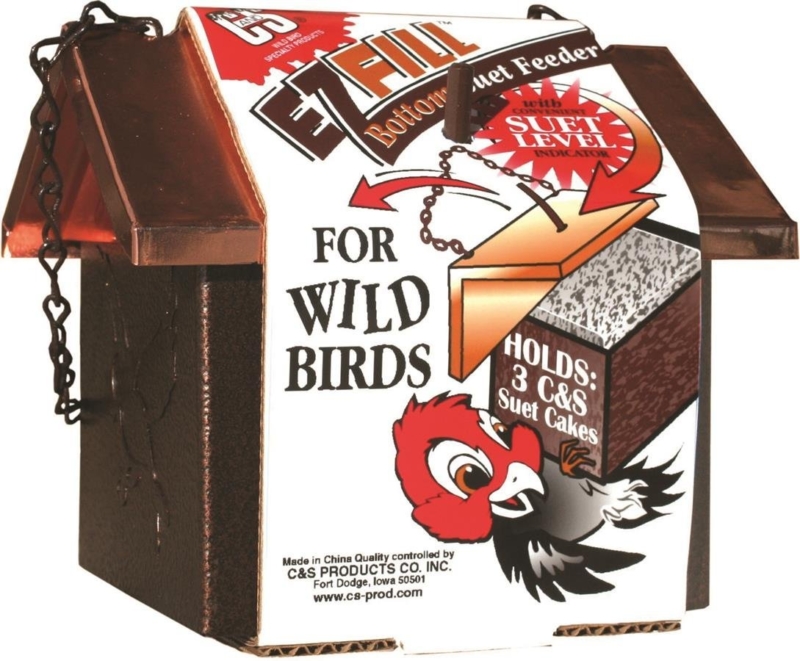
What backyard birds visit you? Do you feed them? If so, what methods do you use to attract them? Check out my other posts on attracting backyard birds before you leave.

This is a Downy Woodpecker on a cage suet feeder filled with raisins and cranberries. So, you can get creative and use other food besides suet in your suet cages.
